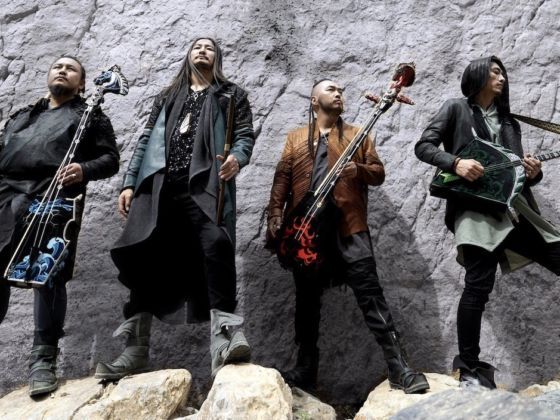I was in college the first time I heard throat singing. A friend, who was then enrolled at the Berklee College of Music, had learned of a bitonal chanting technique from Mongolia and spent months trying to master it before attempting a demonstration one night over dinner.
What resulted was a chorus of grunts sounding from a quickly reddening face. It was a far cry from the Youtube clip we pulled up after, which featured a throat singer belting guttural yet smooth, almost vibrational, harmonies into an empty steppe like a human didgeridoo. It was a sound unlike any I had heard a person produce, made up of notes I never even knew existed.
